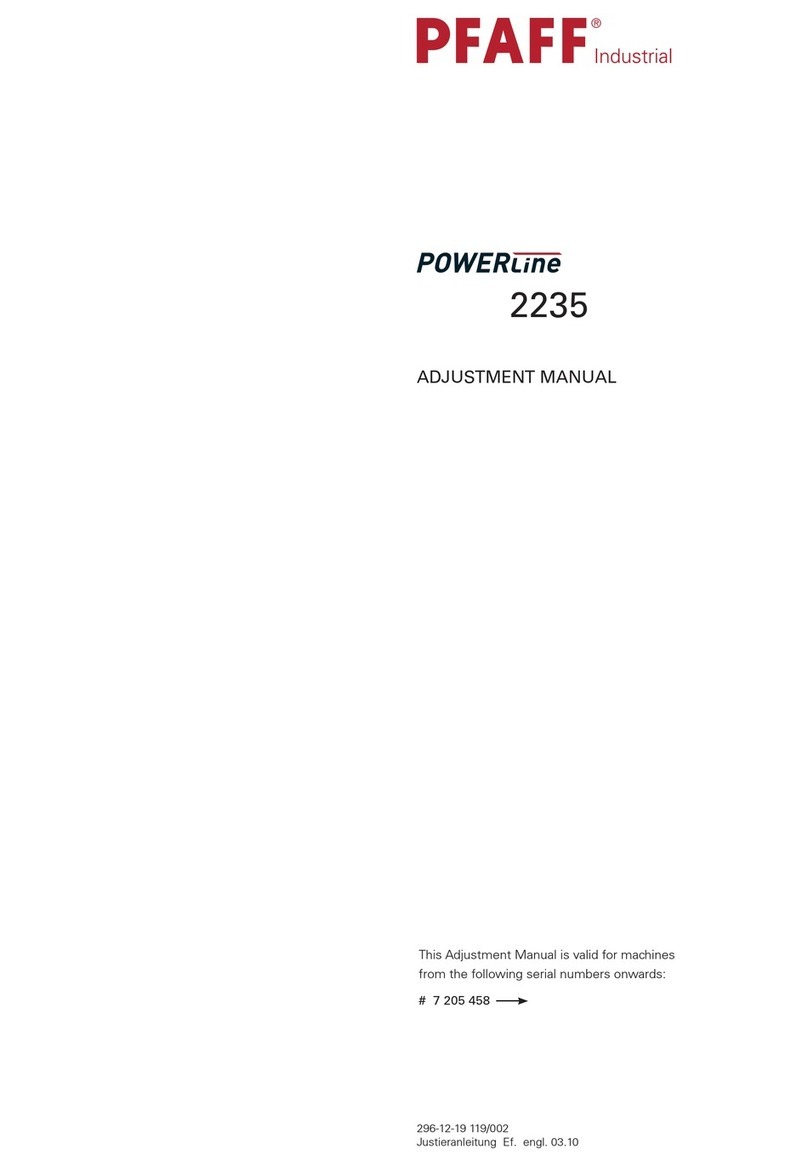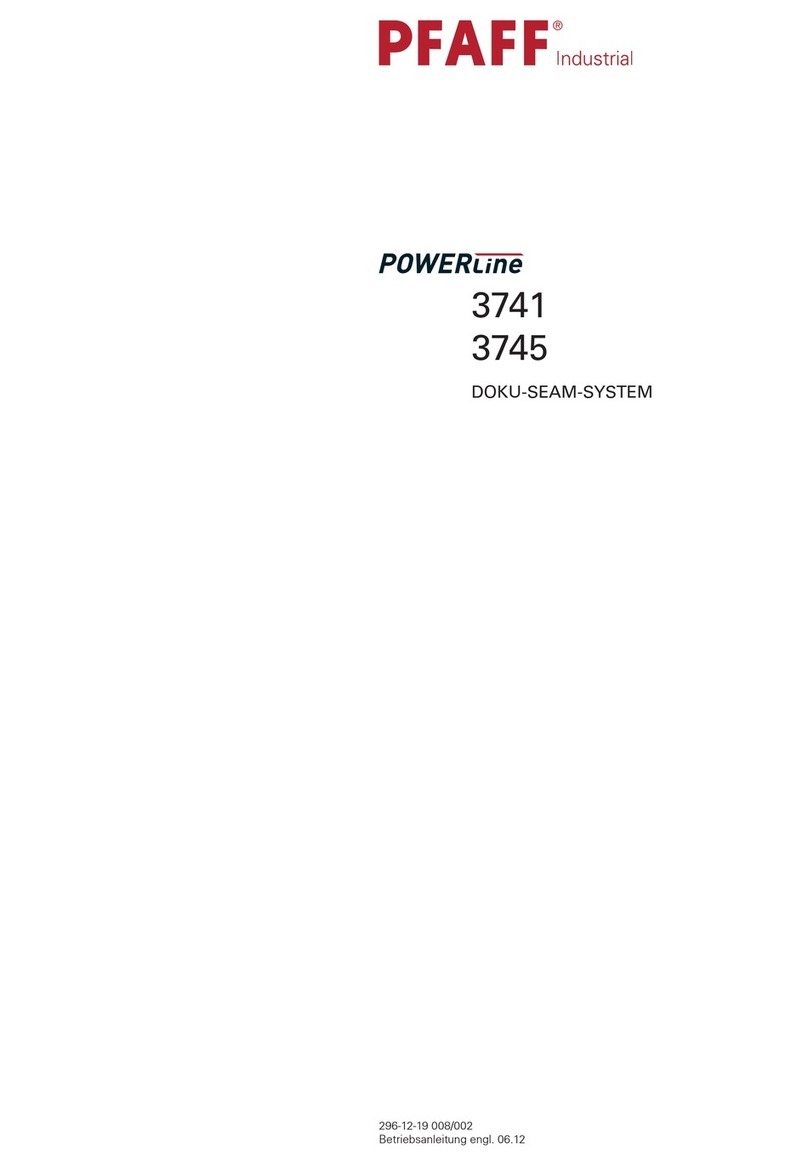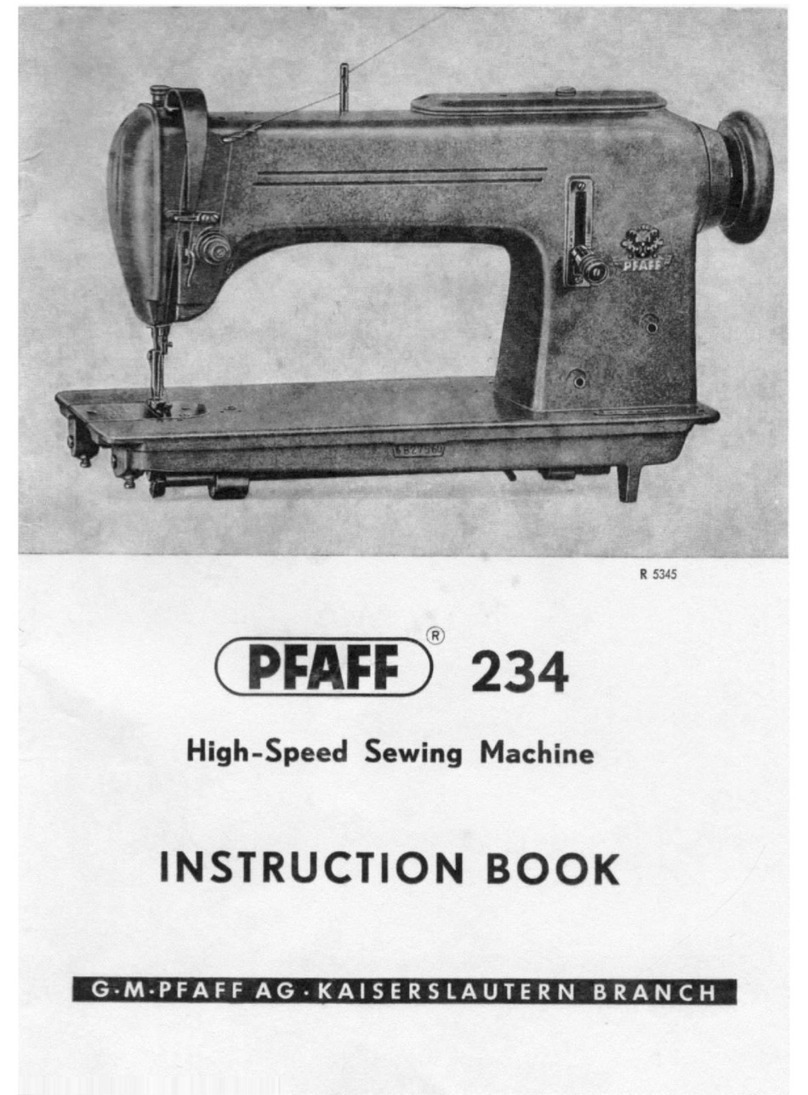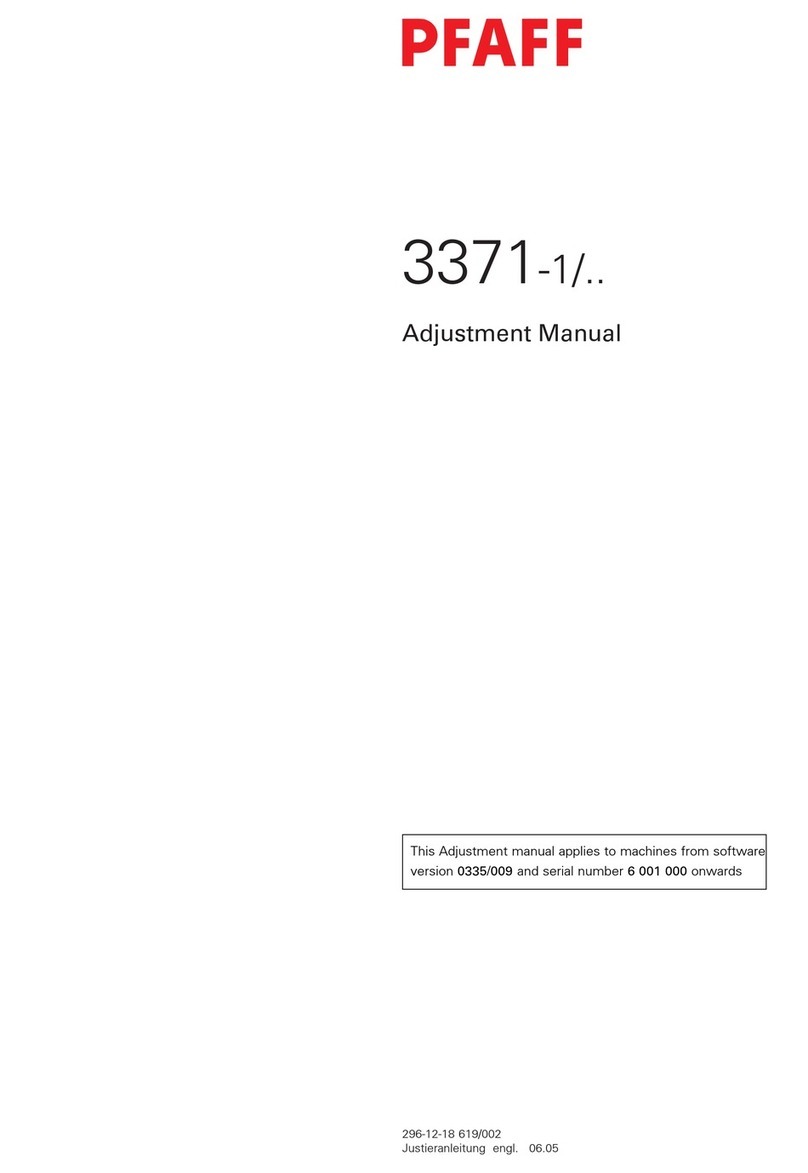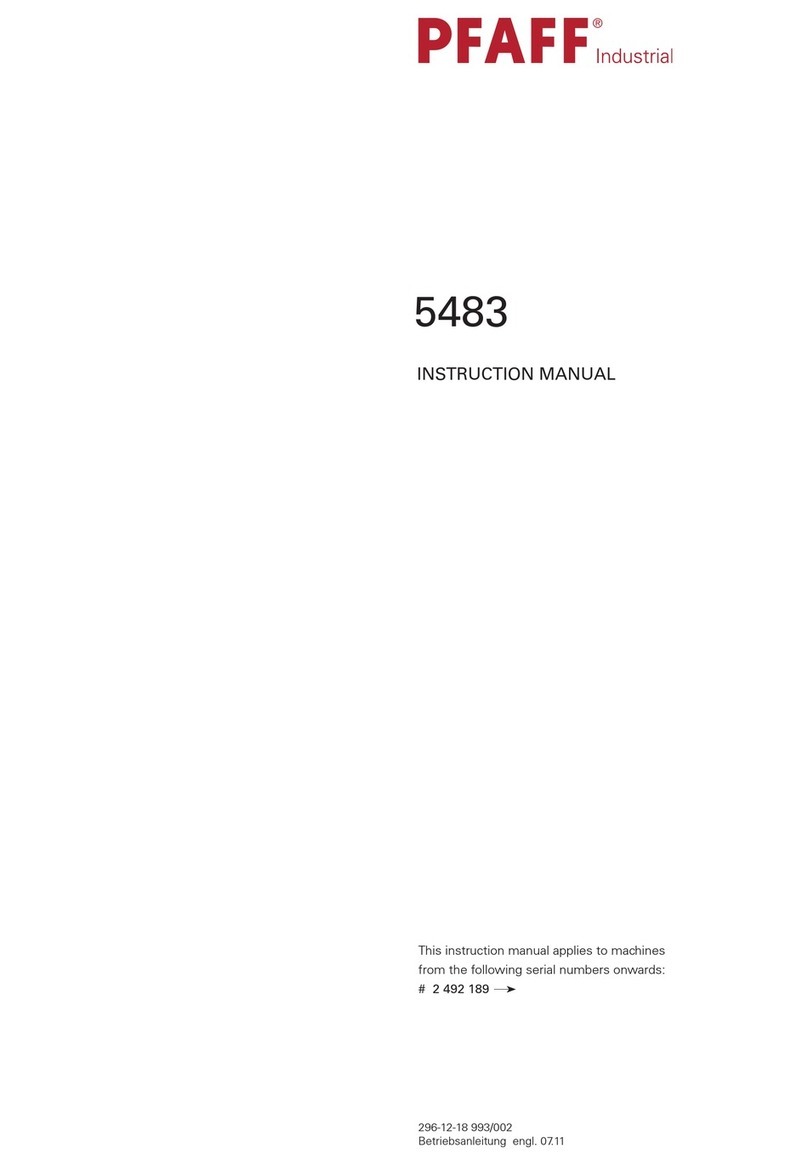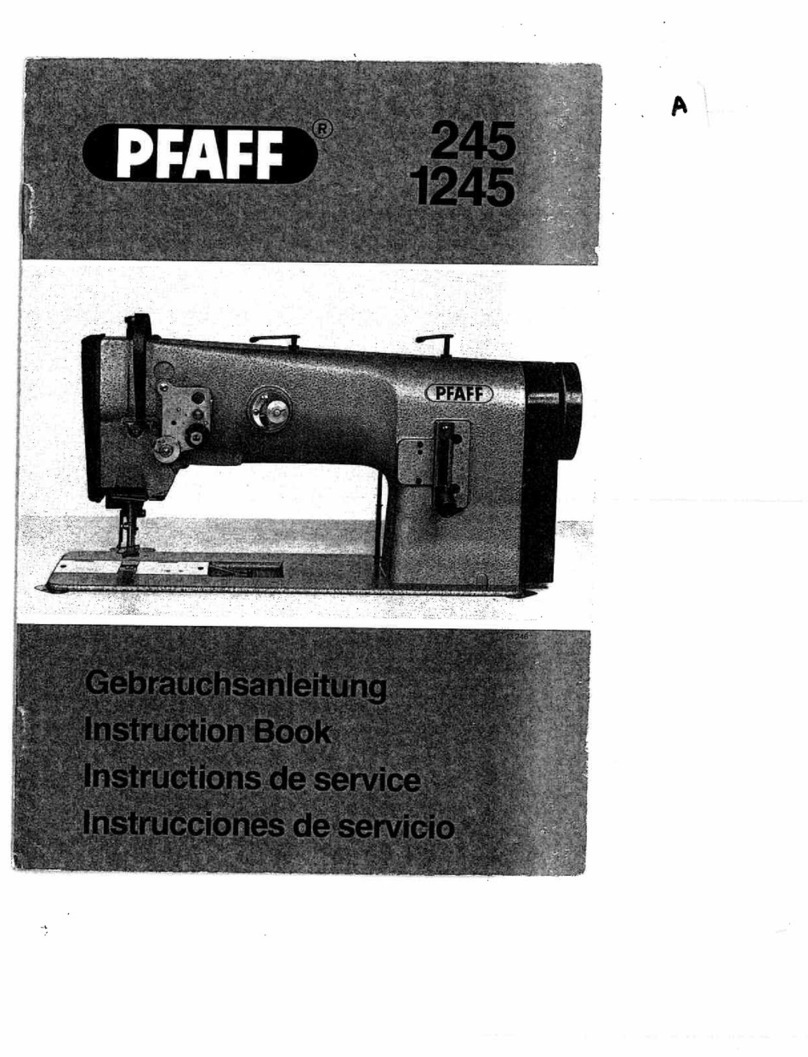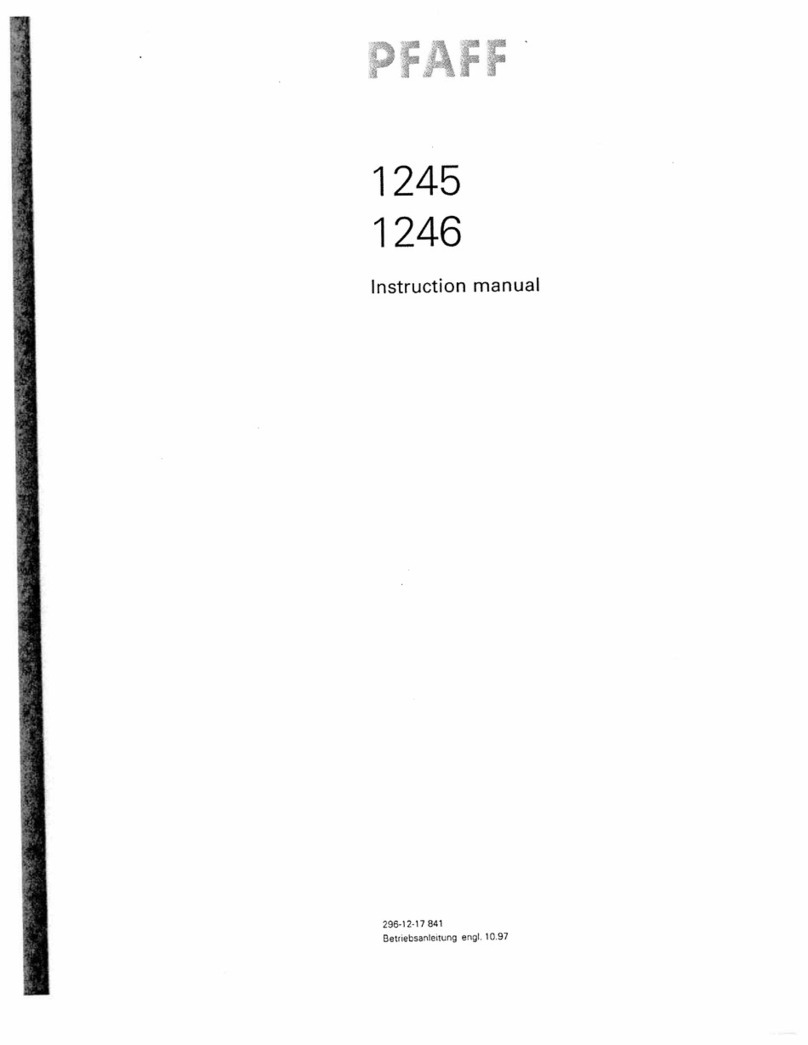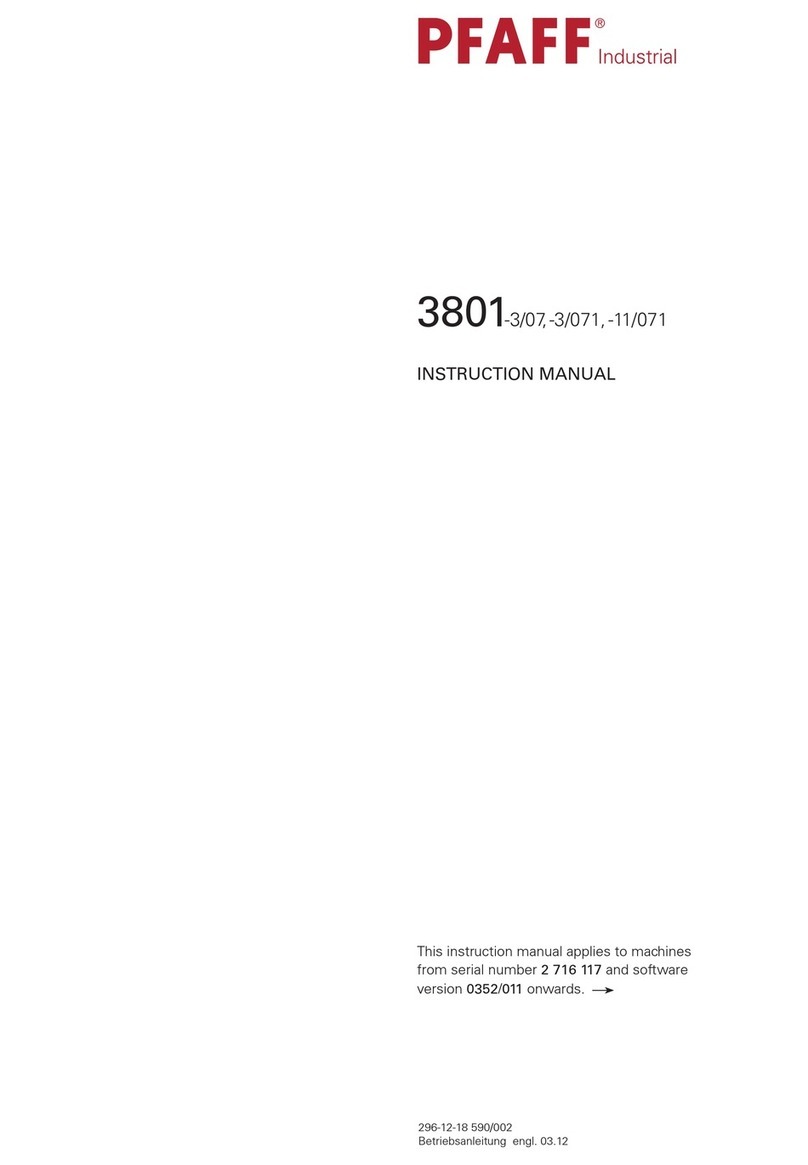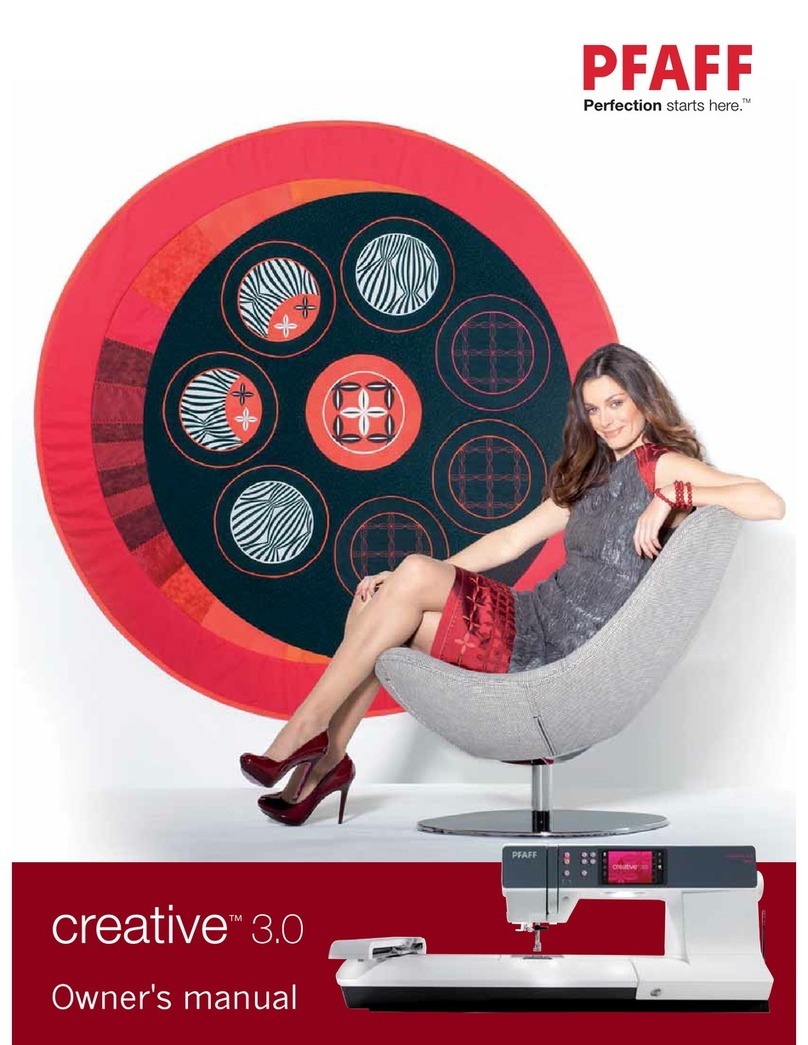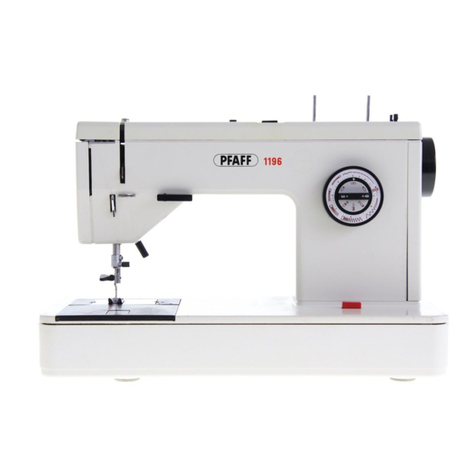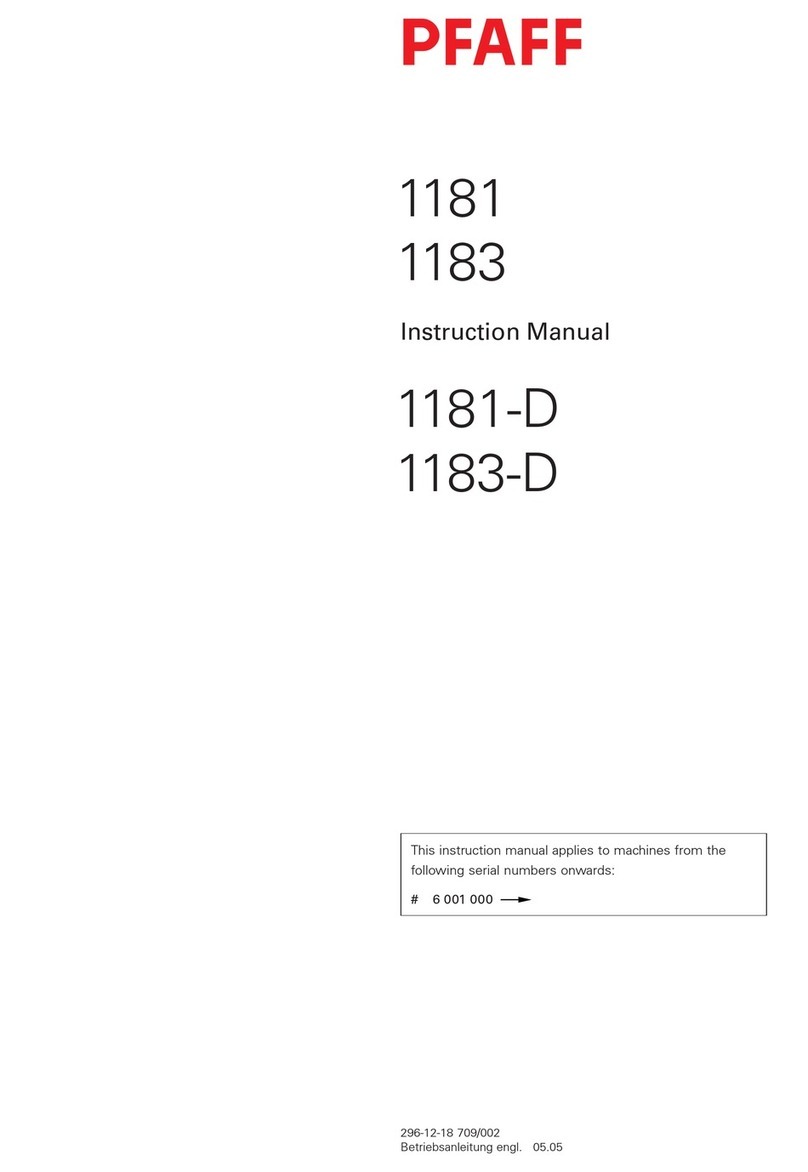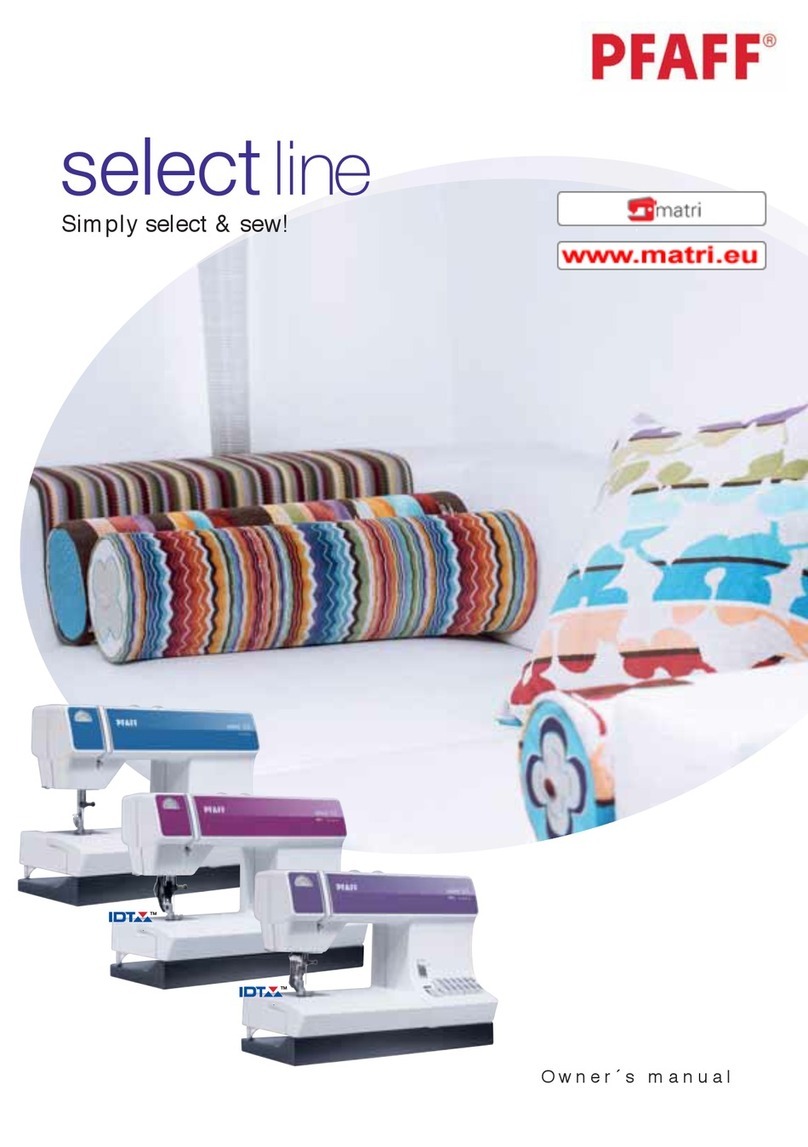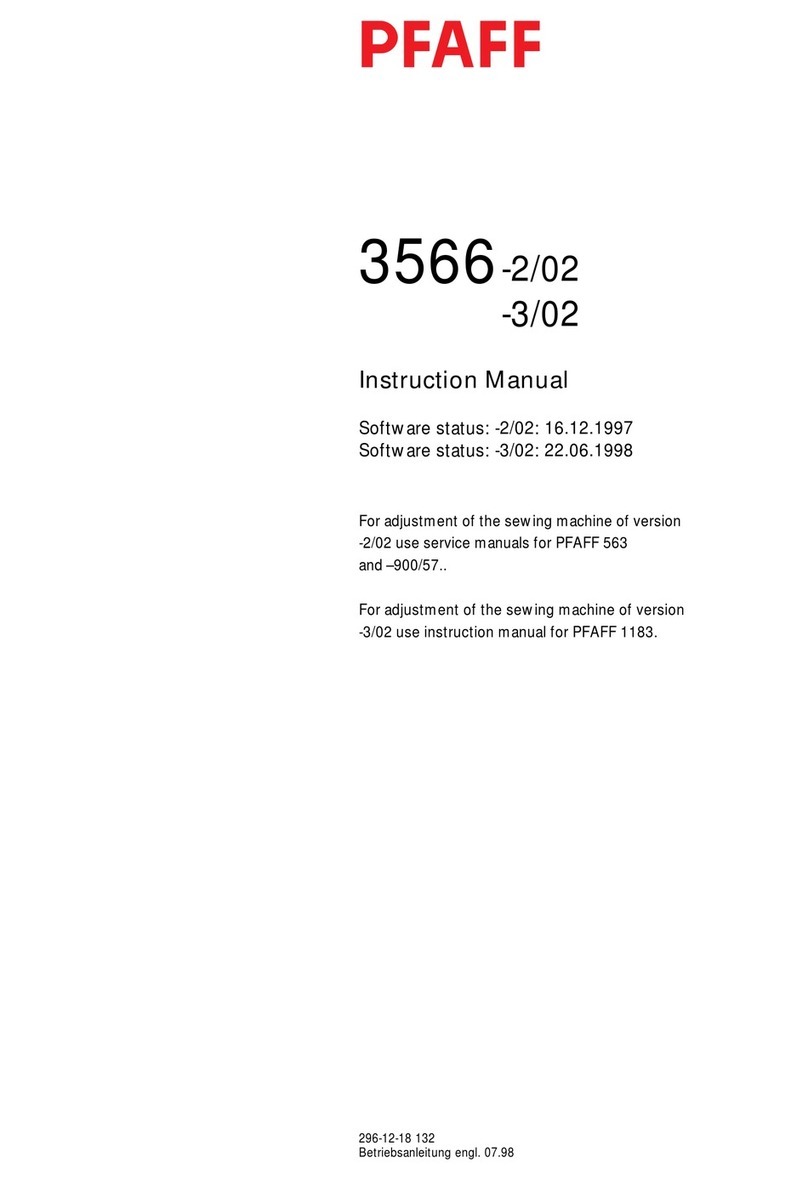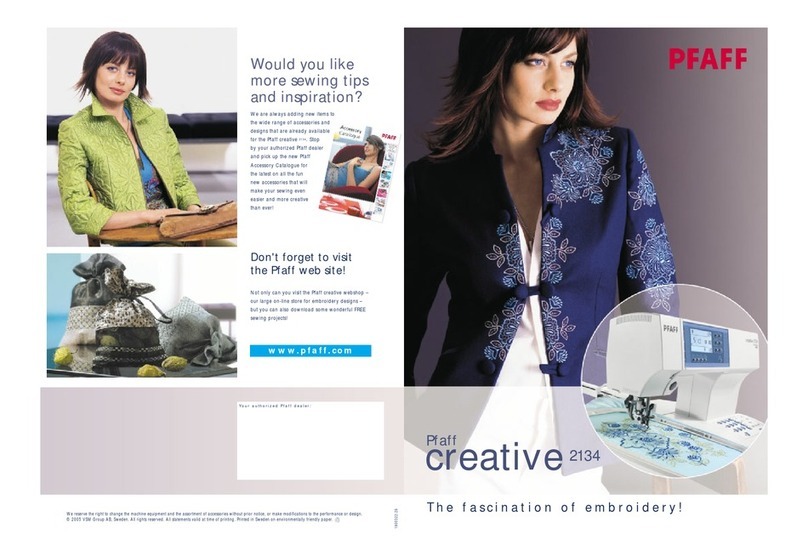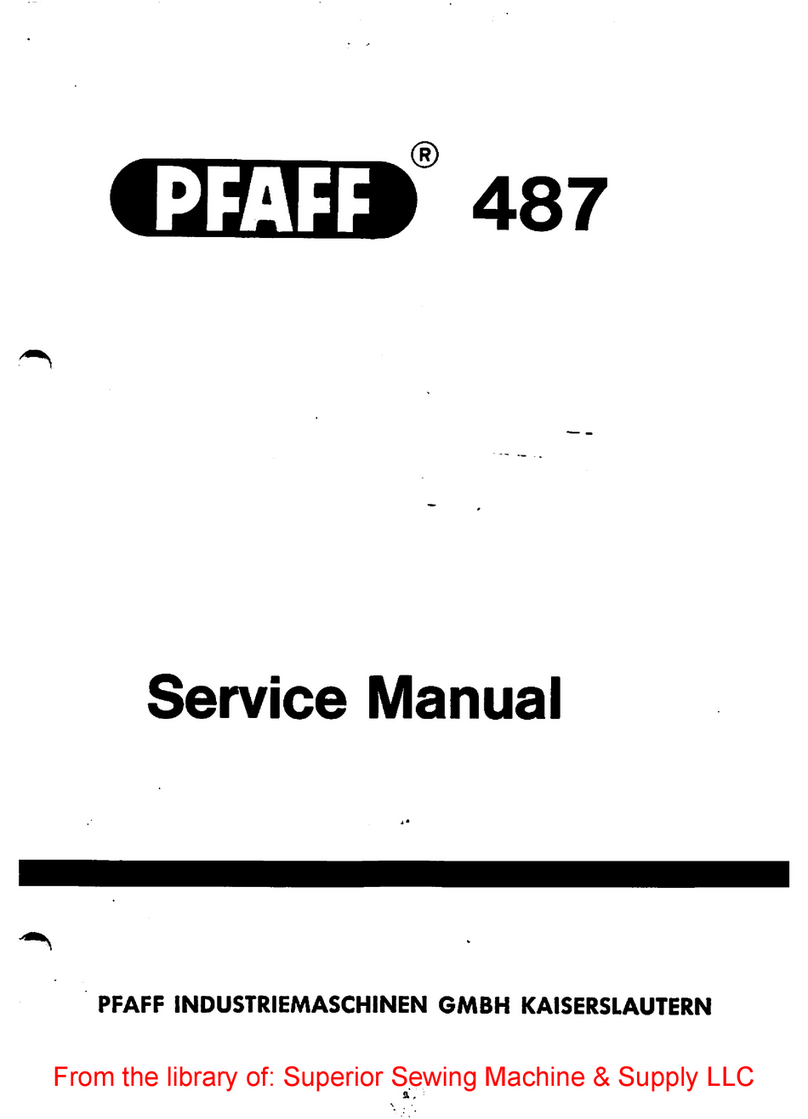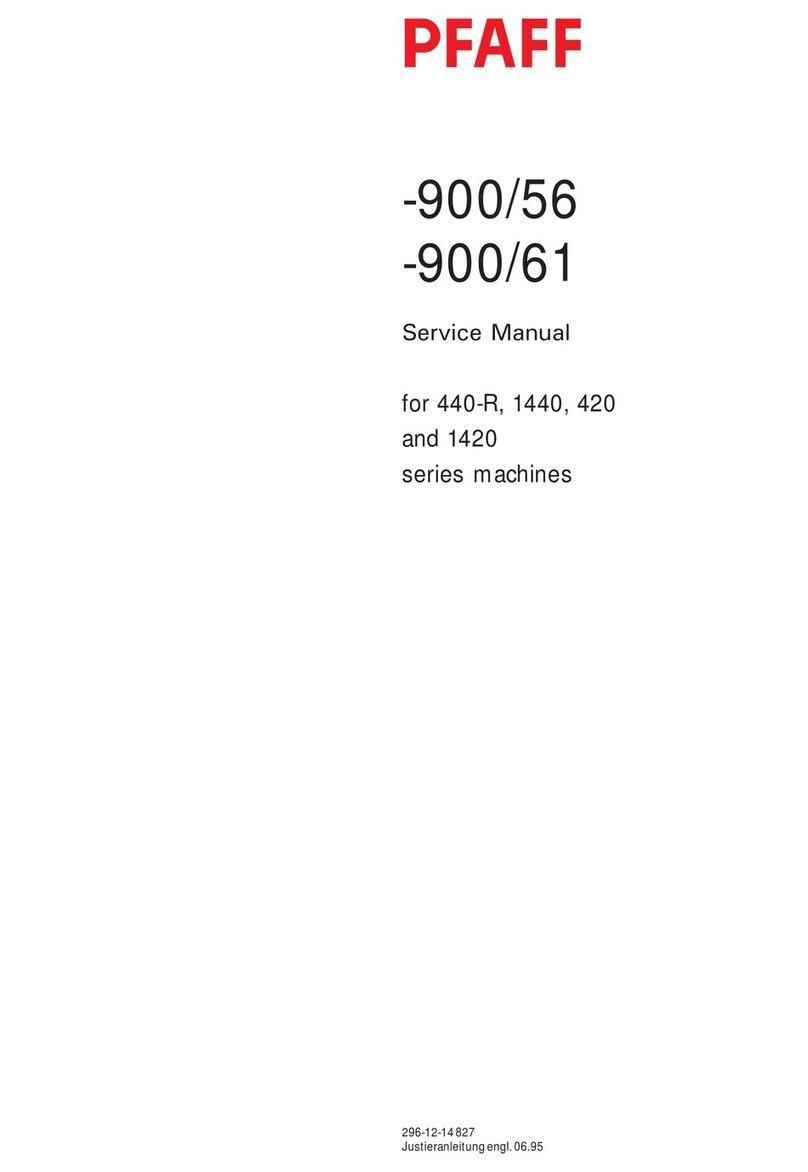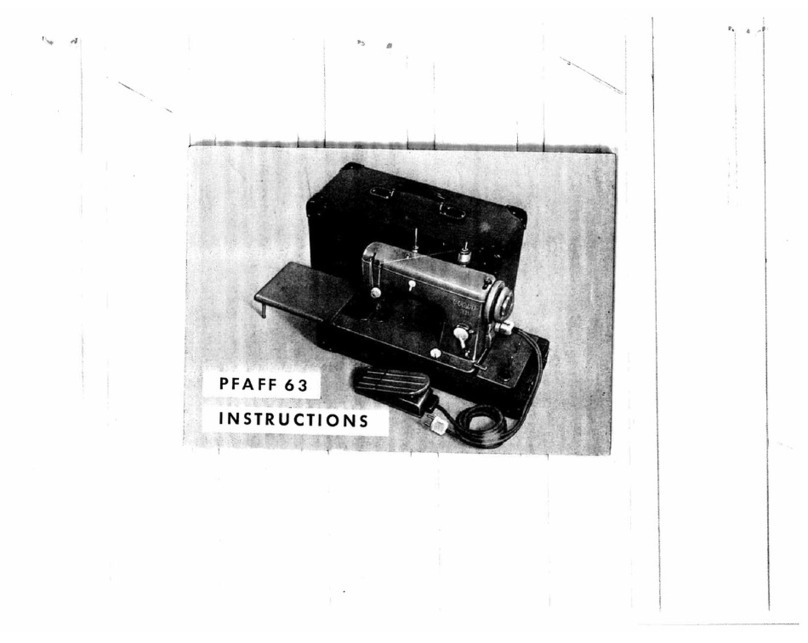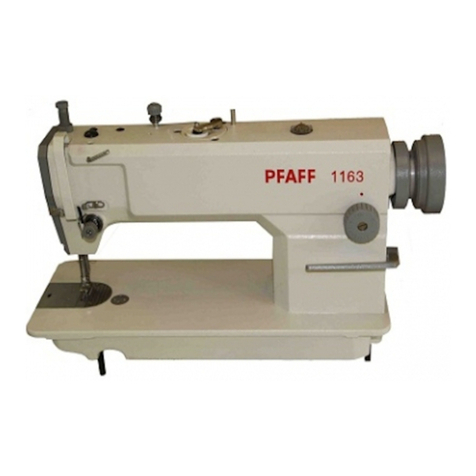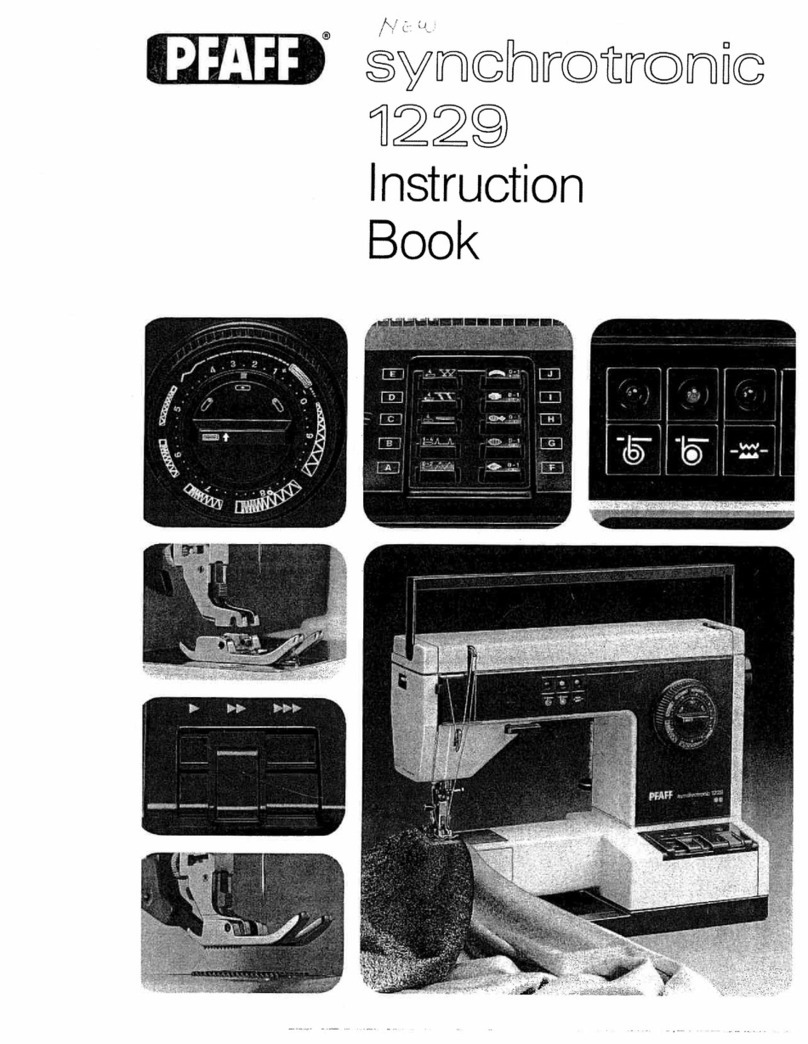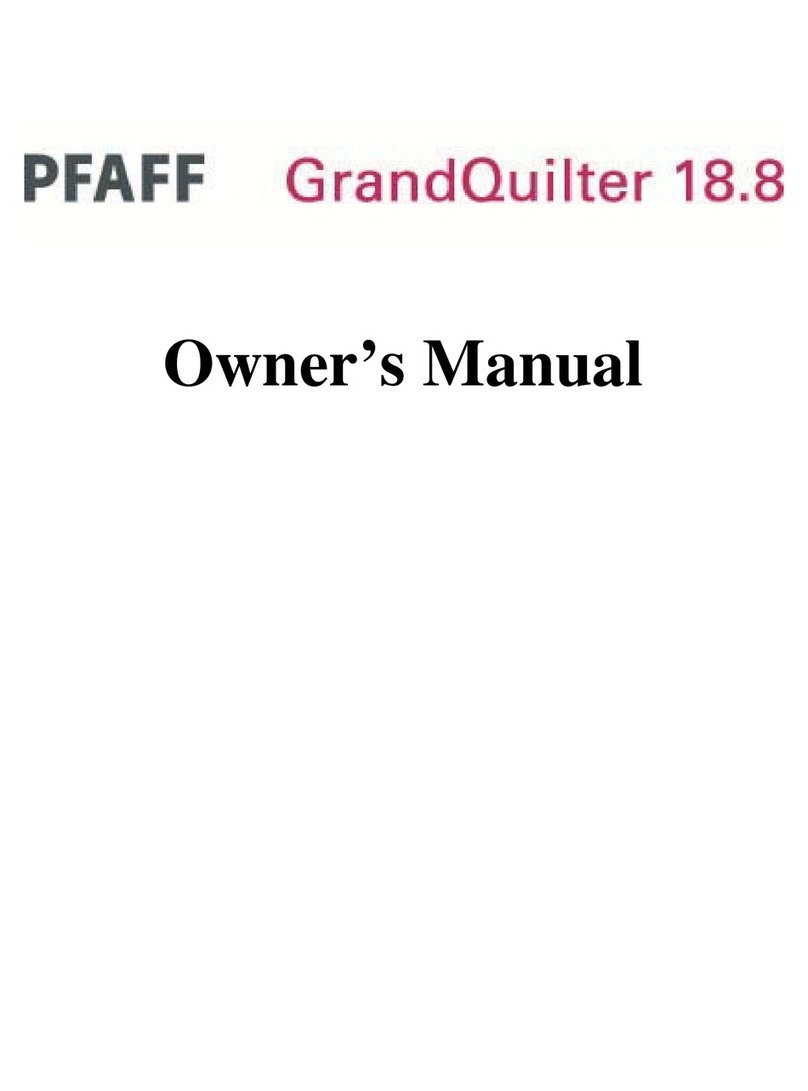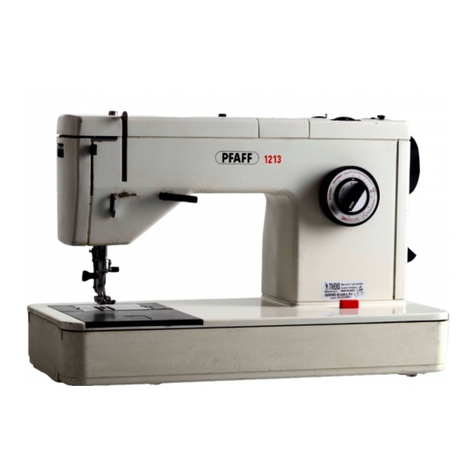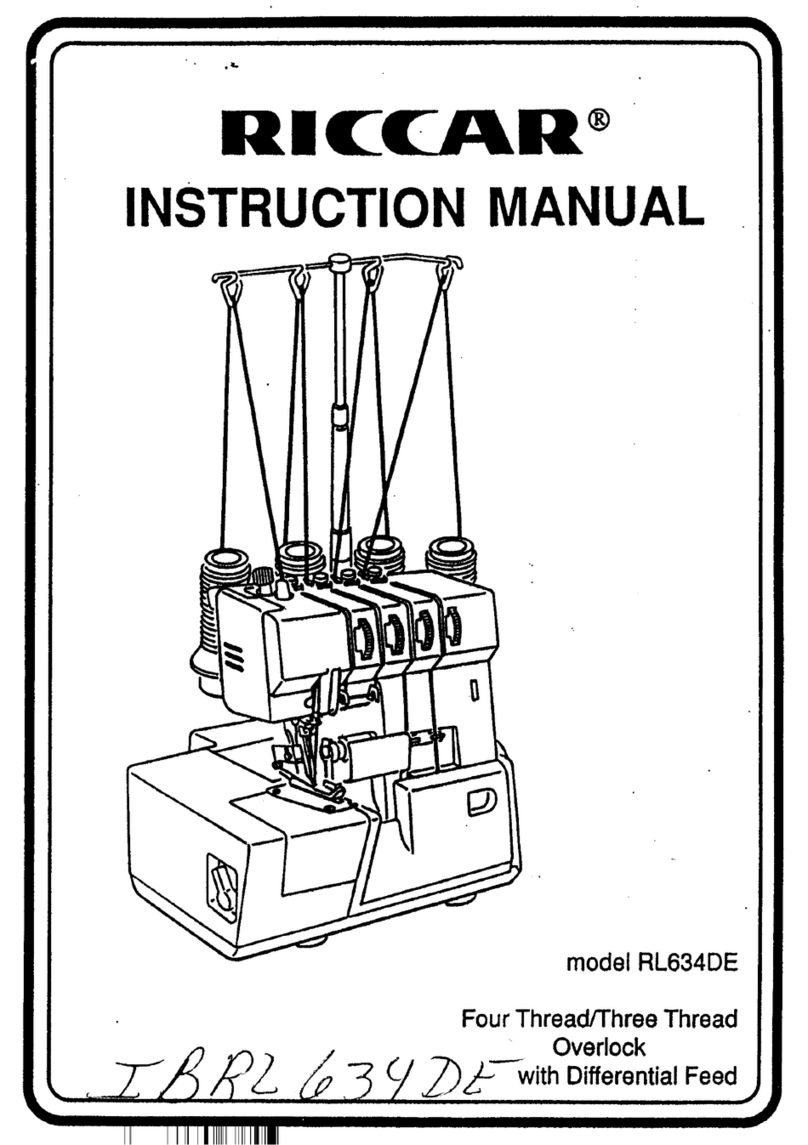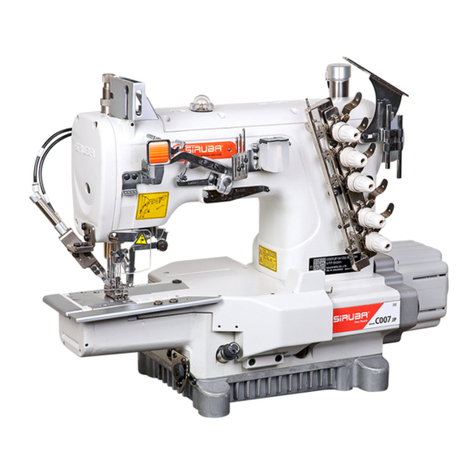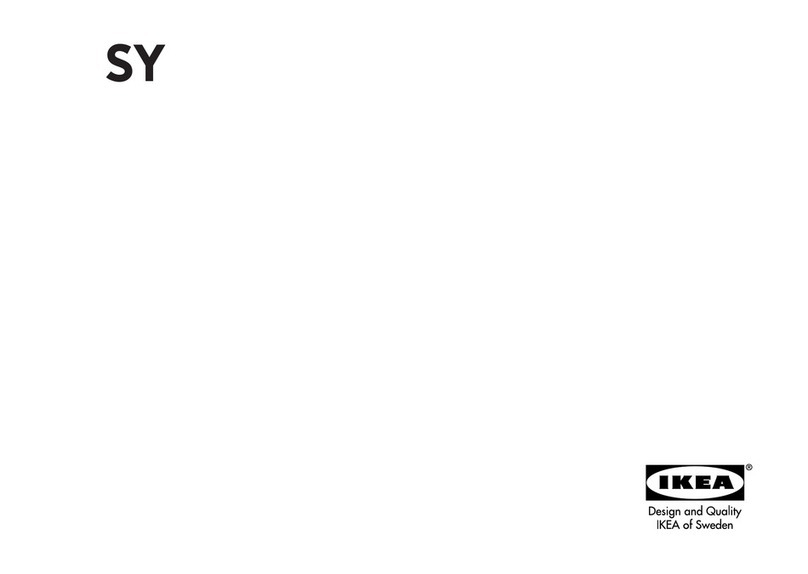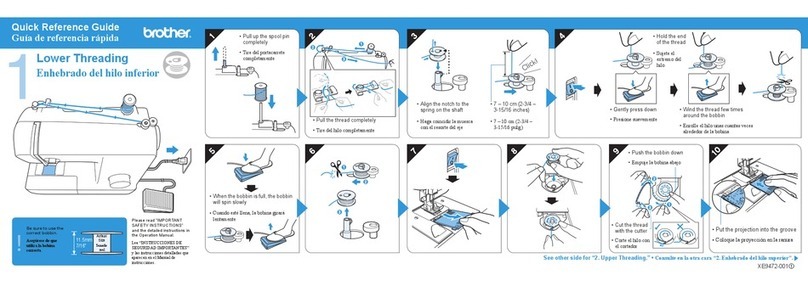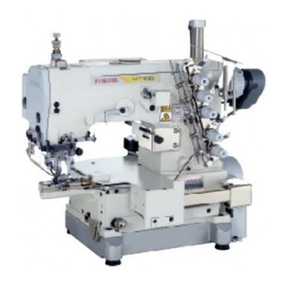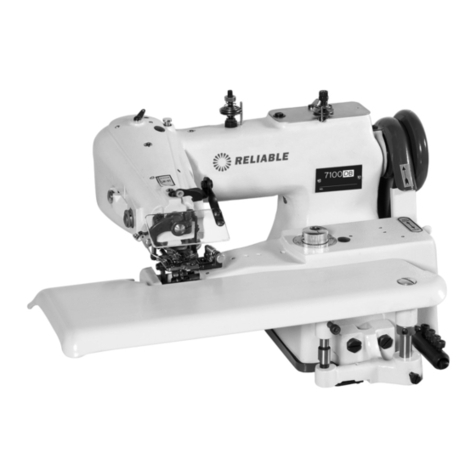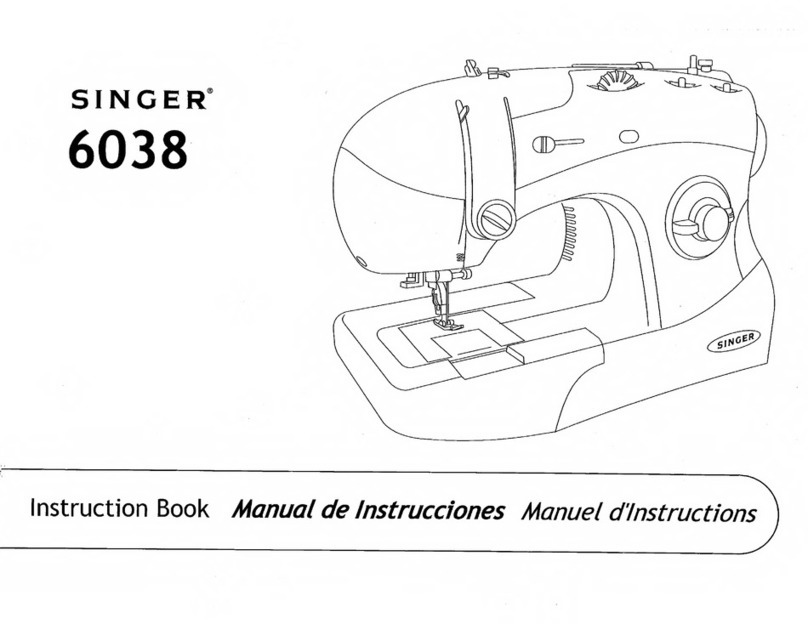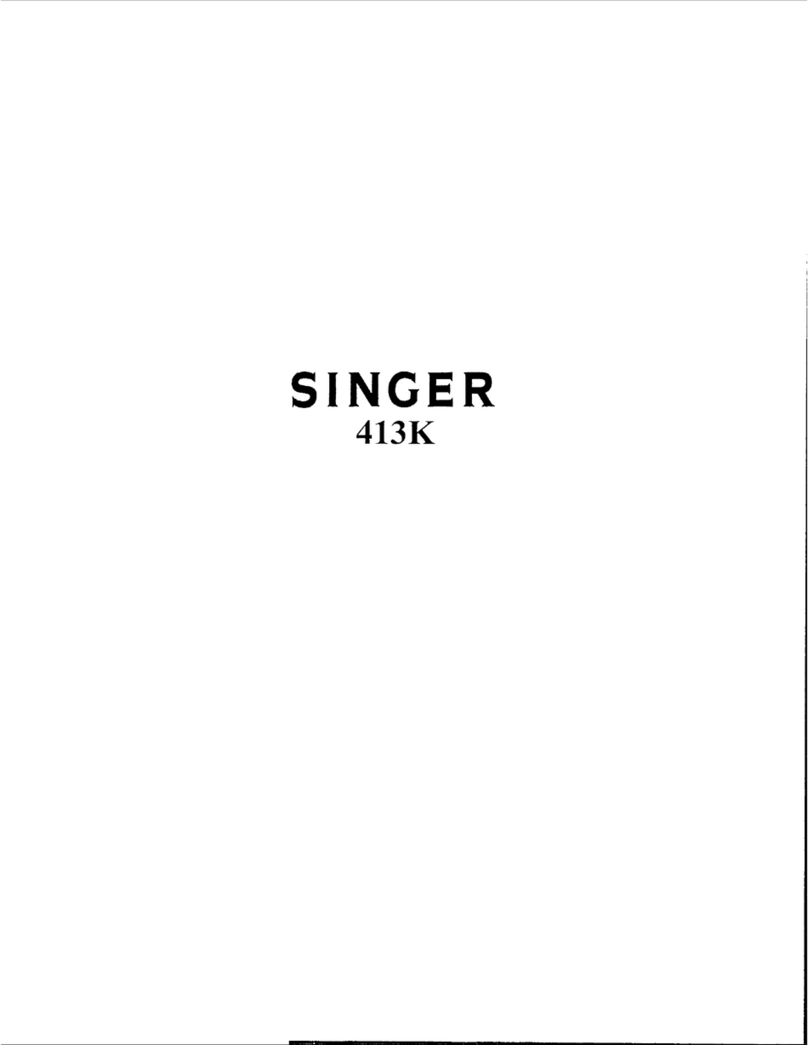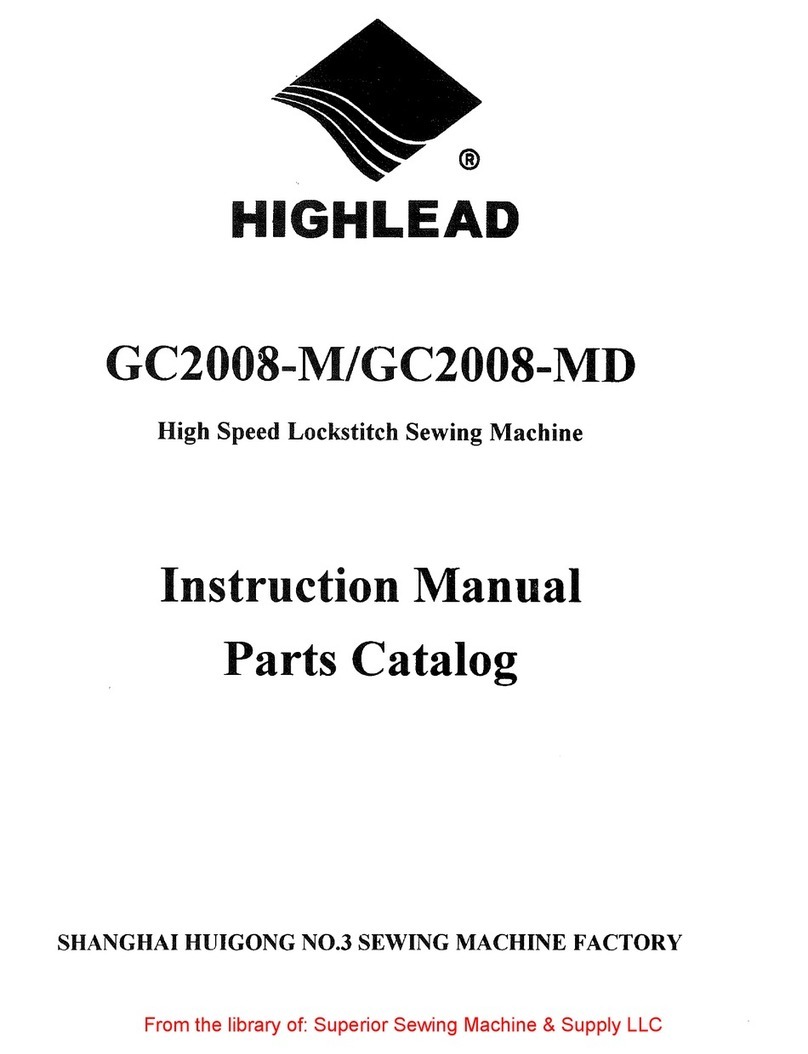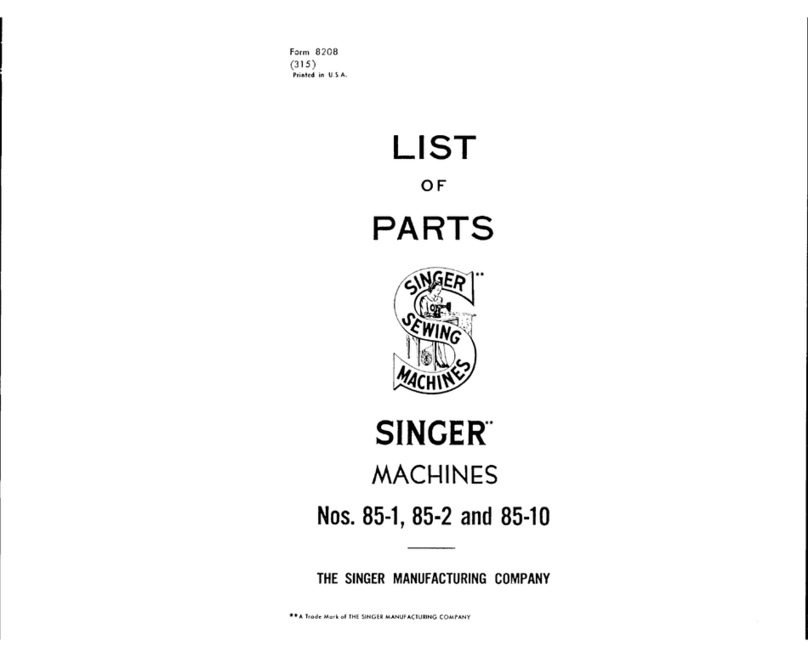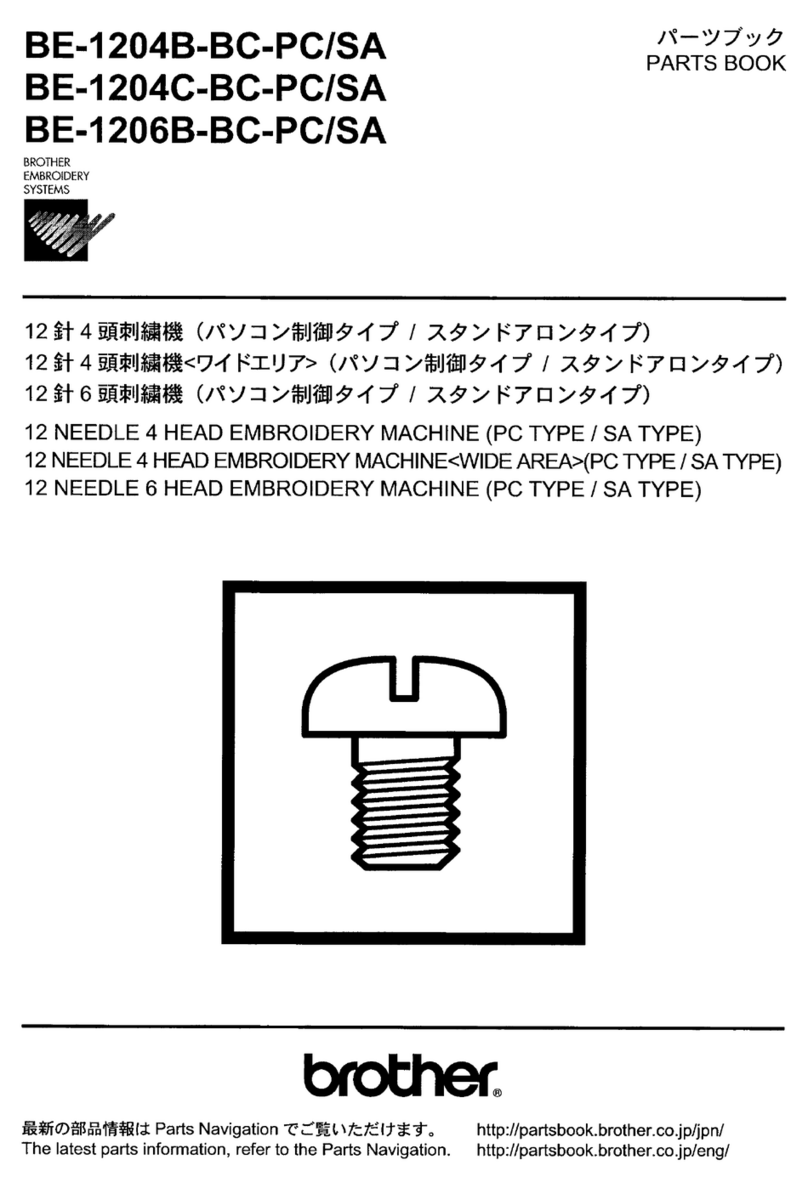1
Contents 1
Foreword 3
Notes on the sewing machine in relation to environment, handling, cleaning and safety 5
Specifications off PFAFF machines 6
Removing the housing covers 8
Adjustment instructions
Feeding system
1. Adjustment of toothed belt tension 13
2. Adjustment of feed dog in sideways direction on Pfaff 1520 14
3. Adjustment of feed dog in sideways direction on Pfaff 1530-1540 16
4. Adjustment of feed dog height 18
5. Adjustment of presser bar height on Pfaff 1520 19
6. Adjustment of presser bar height on Pfaff 1530-1540 20
7. Adjustment of top feed foot in sewing direction 22
8. Adjustment of top feed foot height 24
9. Adjustment of feed regulator cranks on Pfaff 1520 / 1530 26
10. Adjustment of feed regulator cranks on Pfaff 1540 27
11. Zero point adjustment of stitch length regulator 28
12. Timing of feed motion 30
Automatic utility-stitch unit
13. Replacing the automatic module on Pfaff 1520 - 1530 32
14. Adjustment of the locking disk 34
15. Replacing the zigzag-stitch unit on Pfaff 1520 - 1530 35
16. Basic position of setting eccentric for the sideways needle position 36
17. Adjustment of needle penetration in needle plate slot 37
18. Adjustment of the sideways movement of the needle bar 38
19. Adjustment of the stop for the left needle position 40
20. Adjustment of the feed reversing bar 42
21. Replacing the utility-stitch unit on Pfaff 1540 44
22. Adjustment of the gears in relation to each other 46
23. Replacing the zigzag-stitch unit on Pfaff 1540 47
24. Basic position of setting eccentric for the sideways needle position on Pfaff 1540 48
25. Adjustment of needle penetration in needle plate slot on Pfaff 1540 49
26. Adjustment of the sideways movement of the needle bar on Pfaff 1540 50
27. Adjustment of zigzag stitch penetration in needle plate slot on Pfaff 1540 52
28. Adjustment of the stop for the left needle position on Pfaff 1540 53
Stitch forming parts (sewing hook)
29. Adjustment of needle clearance in needle slot in sewing direction 56
30. Adjustment of hook-to-needle clearance 58
30a. Adjustment of bevel gears 59
31. Sewing hook timing 60
32. Adjustment of needle bar height 62
33. Adjustment of bobbin case position finger 63
Page
